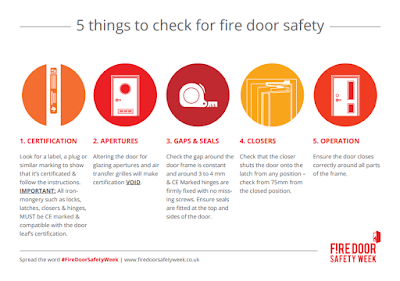The model code organizations, International Code Council (ICC) and National Fire Protection Association (NFPA), each require special inspections for fire firestopping of penentrations and joints. These inspections are required to be conducted to ensure that the proper firestopping system has been utilized and installed properly.
Where is the requirement stated?
NFPA 1, Chapter 12, section 3 states that inspections must be conducted to ensure quality assurance for penetrations and joints.
The International Building Code, Section 1705.16 requires verification and inspection of fire-resistant penetatrations and joints.
When is an inspection required?
NFPA requires inspections of penetrations and joints, “In new buildings three stories or greater in height…” Additionally, fire-resistance rated assemblies in high-rise builidngs are to be visually inspected every 5 years.
The International Building Code, requires these inspections in all high-rise buildings (75’ high and over), and all buildings assigned a Risk Category of III and IV. Buildings within these risk categories are those structures that “represent a substantial hazard to human life in the event of failure,” or those “designated as essential facilities”. A complete list of these structures can be found in IBC 1604.5.
What inspection criteria is required?
These inspections will be conducted based on the following ASTM standards:
- ASTM E2174, Standard Practice for On-site Inspection of Installed Fire Stops
- ASTM E2393, Standard Practice for On-site Inspection of Installed Fire Resistive Joint Systems and Perimeter Fire Barriers
Additional Resources
- International Firestop Council - www.firestop.org
- Firestop Contractors International Association - www.fcia.org






